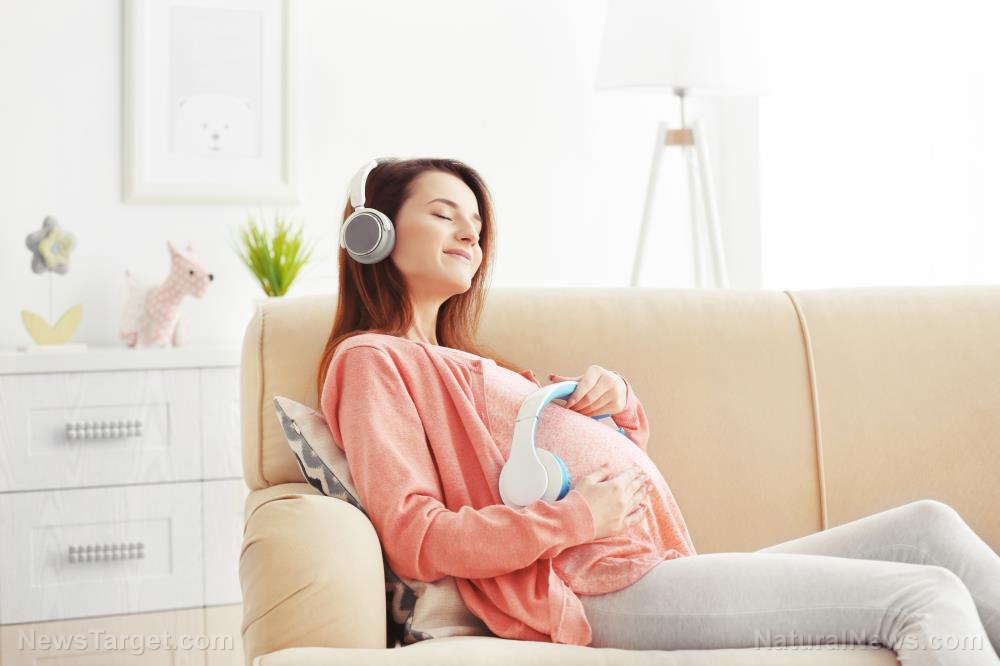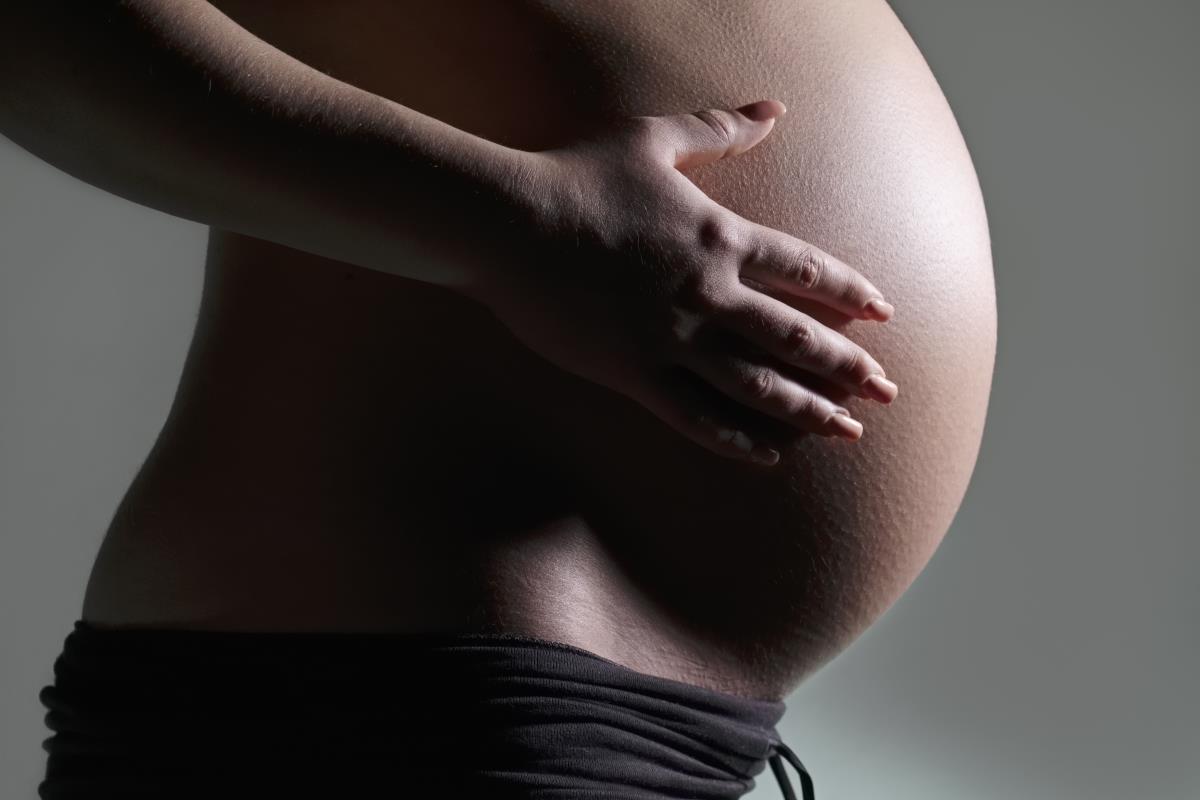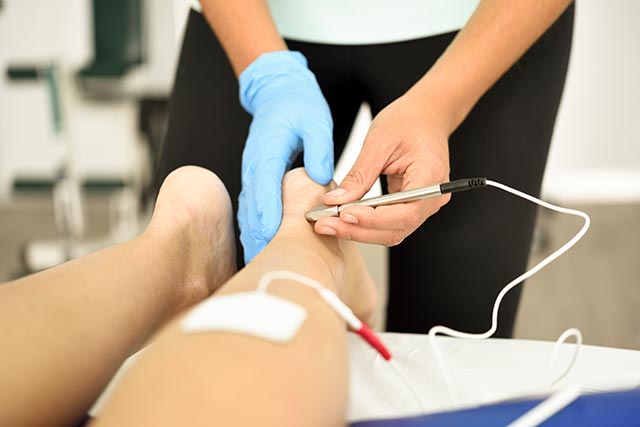DIY tips for delivering a baby if healthcare providers are not available
08/20/2019 / By Lance D Johnson

A hospital or birthing center might sound like the safest place to deliver your baby. Depending on your birth plan, you’ll probably want nurses, a doctor, a doula, and/or midwife available. You might want the reassurance of medical equipment if intervention is needed. A skilled caregiver can help coach you through the experience. However, there is the possibility that you won’t be able to reach your healthcare provider in time before your baby is born. Weather conditions can affect your plans. A speedy labor could catch you off guard. Here’s what to do if you’re facing an emergency childbirth:
Tips for delivering a baby at home
First, there’s no need to panic. Families have been giving birth at home since the beginning of time. Panicking will only cause shortness of breath; your breath is something you will definitely need if your child comes early. By default, birth is not an emergency situation; it is a natural process. Birth can become an emergency if the baby is in a breach position or the baby is not full term and has underdeveloped organs.
If you find yourself suddenly going into labor, do not get in a vehicle and speed to your healthcare provider. The safest choice is to stay home and call for another adult to help, if one is not already there. Do not risk getting in an accident just to have a birth with medical personnel on standby. Even if someone is there to drive you to the hospital, they won’t be able to support the baby if they come out during the drive. Talk to your midwife or doctor beforehand to ease any fears you may have. They will give you a few instructions in case they are unable to attend your birth.
In an emergency situation, you can call 9-1-1 and the operator will assist you. As you wait for help, it’s best to stay calm and support the infant as he/she comes out. This is a natural process and your body will know what to do. Upon first sight of baby’s head, it’s important not to pull or force the child out. If you’re already in your vehicle, pull over, put your hazard lights on, and get in position for the birth.
Another adult should support the baby’s head as it appears. If no one is around, the mother should place her hand over her baby’s head as best as she can. The mother should pant between contractions and push in rhythm with each contraction. After the head is fully visible, make sure to stroke the nose gently downward to remove any excess amniotic fluid. Once the baby is all the way out, it should be laid on its mom’s chest. The mother and her child should be wrapped in warm blankets and/or towels to preserve body heat.
There is no need to cut the umbilical cord at this time. Cutting the cord too early stops the flow of nutrients. The cord can actually remain attached until it naturally falls off, but a healthcare provider will eventually clamp it with sterile equipment so it can be removed safely. If the cord is wrapped in a dangerous position, try not to pull on it. If it must be removed quickly, use dental floss or string to tie the cord off near the baby. Drip scissors in rubbing alcohol and cut the cord if need be.
The mother should stand up and squat to make sure the placenta also comes out. The placenta can be placed in a sterile container until medical help arrives. The mother should be made as comfortable as possible and the baby should lie on her breast. Massaging the uterus can reduce bleeding and help the placenta come out. Once everything is out, the uterus should retract to the size of a grapefruit.
If the baby is coming out and the rear or extremities appear first, you are experiencing a breech birth. If at all possible, do not attempt a home-delivery in this situation. The mother should get on her knees and scrunch her back in to avoid a prolapse of the umbilical cord. At this point, it is best to speed to a hospital because a caesarean delivery or a skilled midwife will be needed to complete the process safely.
Remember, the large majority of deliveries go smoothly. It is a natural, normal process, so stay safe and calm. Being prepared will help decrease your stress. Learn more at WomensHealth.news and Preparedness.news.
Sources include:
Tagged Under: birthing support, breathing, breech birth, children's health, contractions, early labor, emergency, healthcare, homebirth, homesteading, infant health, off grid, pregnancy, pregnant women, preparedness, women's health
RECENT NEWS & ARTICLES
COPYRIGHT © 2017 WOMENS HEALTH NEWS


















